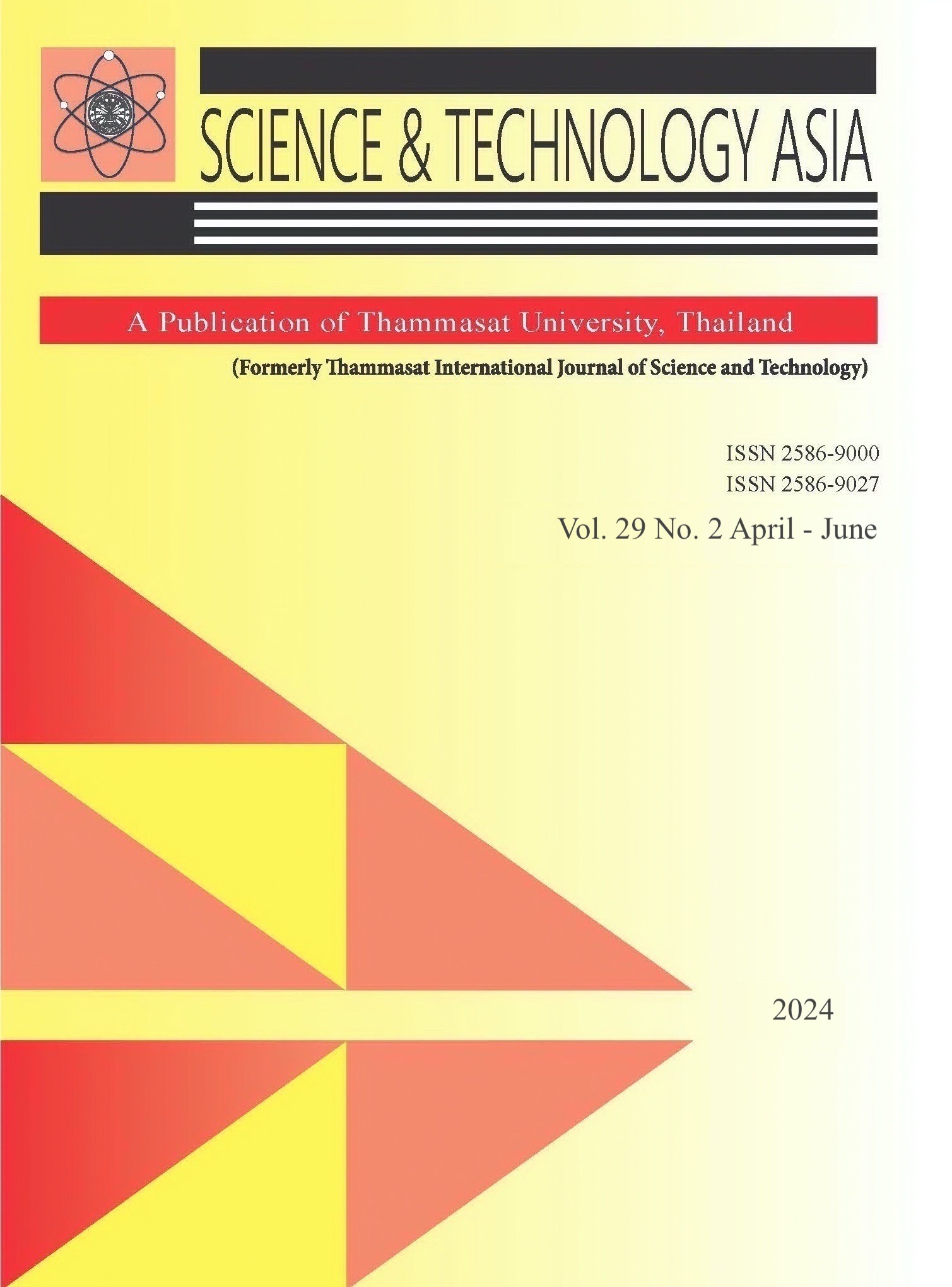Exploring Augmented Reality Design for Robot Maintenance Training through the Kano Model
Main Article Content
Abstract
Augmented Reality (AR) is a technology that allows users to access the real world while embedding it with a layer of virtual objects designed to coexist seamlessly in real time. Recently, researchers and developers have found a growing number of AR uses. The effectiveness of staff and student training has improved due to the improvement of AR technologies. However, since the field of AR is still in its early stages, there needs to be more literature on AR user requirements. As a result, implementing customer insights is critical. This research aims to identify consumer requirements for designing AR-based robot maintenance training. The Kano model determines consumer requirements and classifies the factors influencing customer intentions to use AR-based robot maintenance training. The framework and results from this study can be used to prioritize and comprehend customer needs for designing AR-based robot maintenance training according to the user requirements.
Article Details

This work is licensed under a Creative Commons Attribution-NonCommercial-NoDerivatives 4.0 International License.
References
Van Krevelen D, Poelman R. A survey of augmented reality technologies, applications and limitations. International journal of virtual reality, 2010;9(2):1-20.
Tom Dieck M.C, Jung T, Han D.I. Mapping requirements for the wearable smart glasses augmented reality museum application. Journal of Hospitality and Tourism Technology, 2016;7(3):230-53.
Kaufmann H, Csisinko M, Totter A. Long-distance distribution of educational augmented reality applications. In: Eurographics (Education Papers), 2006:23-32.
Sevim B, Çalışkan G. Augmented Reality Technologies from the Tourist Perspective: A Systematic Review. Journal of Tourism & Gastronomy Studies, 2021;9(3):1501-21.
Munzer B.W. Khan M.M, Shipman B, Mahajan P. Augmented reality in emergency medicine: a scoping review. Journal of medical Internet research, 2019;21(4):e12368.
Alves C, Luís Reis J. The intention to use e- commerce using augmented reality case of IKEA place. In Information Technology and Systems: Proceedings of ICITS 2020, 2020:114-23.
Soltani P, Morice A.H. Augmented reality tools for sports education and training. Computers & Education, 2020;155:103923.
Shelton B.E, Hedley N.R. Exploring a cognitive basis for learning spatial relationships with augmented reality. Technology, Instruction, Cognition and Learning, 2004;1(4):323.
Palmarini R, Erkoyuncu J.A, Roy R, Torabmostaedi H. A systematic review of augmented reality applications in maintenance. Robotics and Computer Integrated Manufacturing, 2018;49:215-28.
Gupta M, Shri C. Understanding customer requirements of the corrugated industry using the Kano model. International Journal of Quality & Reliability Management, 2018;35(8):1653-70.
Rampal A, Mehra A, Singh R, Yadav A, Nath K, Chauhan A.S. Kano and QFD analyses for autonomous electric car: Design for enhancing customer contentment. Materials Today: Proceedings, 2022;62:14818.
Kano N. Attractive quality and must-be quality. Journal of the Japanese society for quality control, 1984;31(4):147-56.
Violante M.G, Vezzetti E. Kano qualitative vs quantitative approaches: An assessment framework for products attributes analysis. Computers in Industry, 2017;86:15-25.
Madzík P, Budaj P, Mikuláš D, Zimon D. Application of the Kano model for a better understanding of customer requirements in higher education a pilot study. Administrative Sciences, 2019;9(1):11.
Shin J.G, Heo I.S, Yae J.H, Kim S.H. How to Improve the Acceptance of Autonomous Driving Technology: Effective Elements Identified on the Basis of the Kano Model. Applied Sciences, 2022;12(3):1541.
Wu X, Hong Z, Li Y, Zhou F, Niu Y, Xue C. A function combined baby stroller design method developed by fusing Kano, QFD and FAST methodologies. International Journal of Industrial Ergonomics, 2020;75:102867.
Shahin A, Pourhamidi M, Antony J, Hyun Park S. Typology of Kano models: a critical review of literature and proposition of a revised model. International Journal of Quality & Reliability Management, 2013;30(3):341-58.
Matzler K, Hinterhuber H.H, Bailom F. and Sauerwein E. How to delight your customers, Journal of Product & Brand Management, 1996;5(2):6-18.
Hennink M, Kaiser B.N. Sample sizes for saturation in qualitative research: A systematic review of empirical tests. Social Science & Medicine, 2022;292:114523.
Lai H.J, Wu H.H. A case study of applying Kano's model and ANOVA technique in evaluating service quality. Information Technology Journal, 2011;10(1):89-97.
Werrlich S, Nitsche K, and Notni G.Demand Analysis for an Augmented Reality based Assembly Training. In Proceedings of the 10th International Conference on PErvasive Technologies Related to Assistive Environments (PETRA '17). Association for Computing Machinery, New York, NY, USA, 2017:416-22.
Lorenz M, Knopp S, Klimant P. Industrial augmented reality: Requirements for an augmented reality maintenance worker support system. In 2018 IEEE International Symposium on Mixed and Augmented Reality Adjunct (ISMAR-Adjunct), 2018:151-3.
Han D.I. The development of a quality function deployment (QFD) model for the implementation of a mobile augmented reality (AR) tourism application in the context of urban heritage tourism (Doctoral dissertation, Manchester Metropolitan University), 2016.


